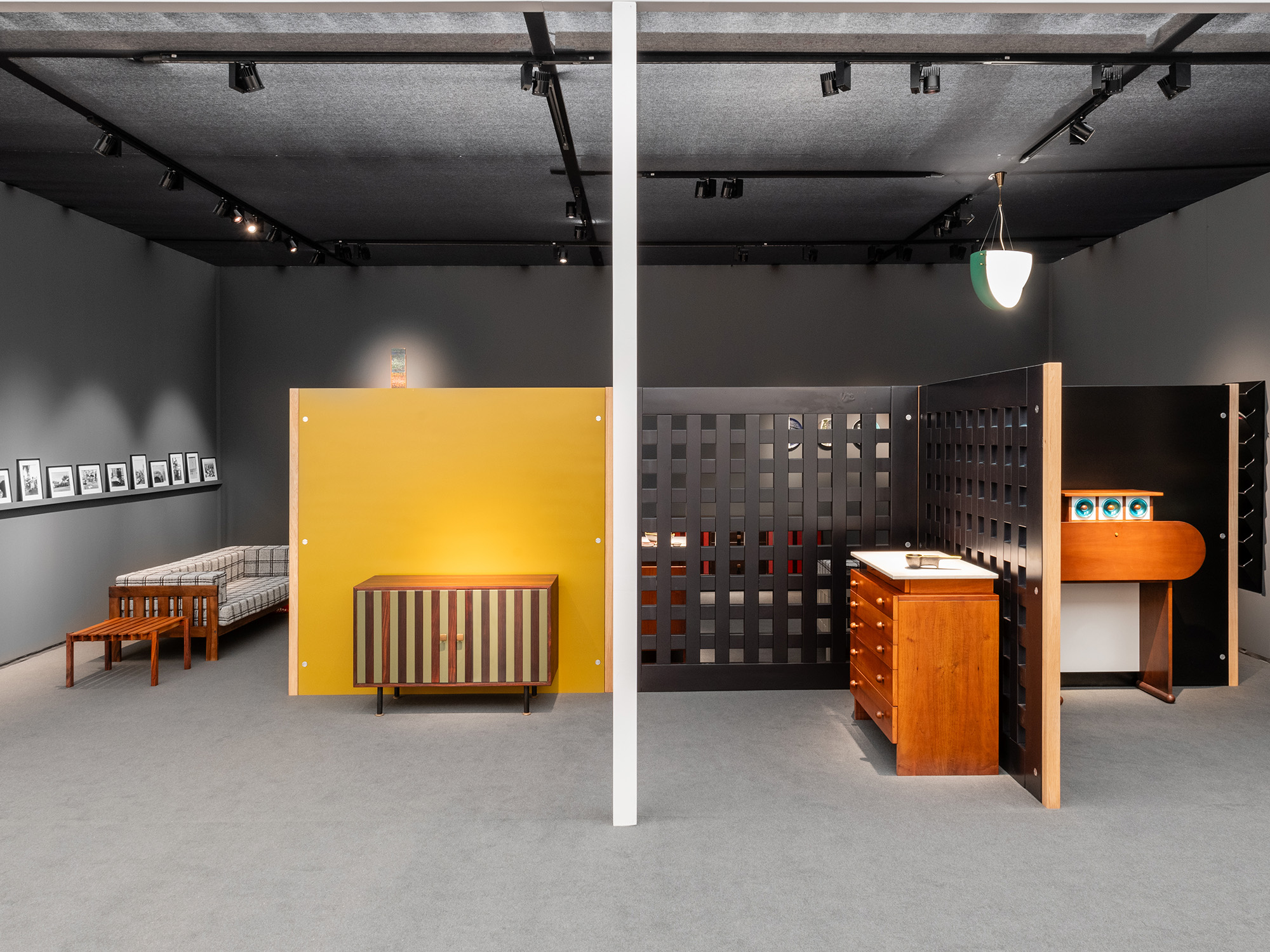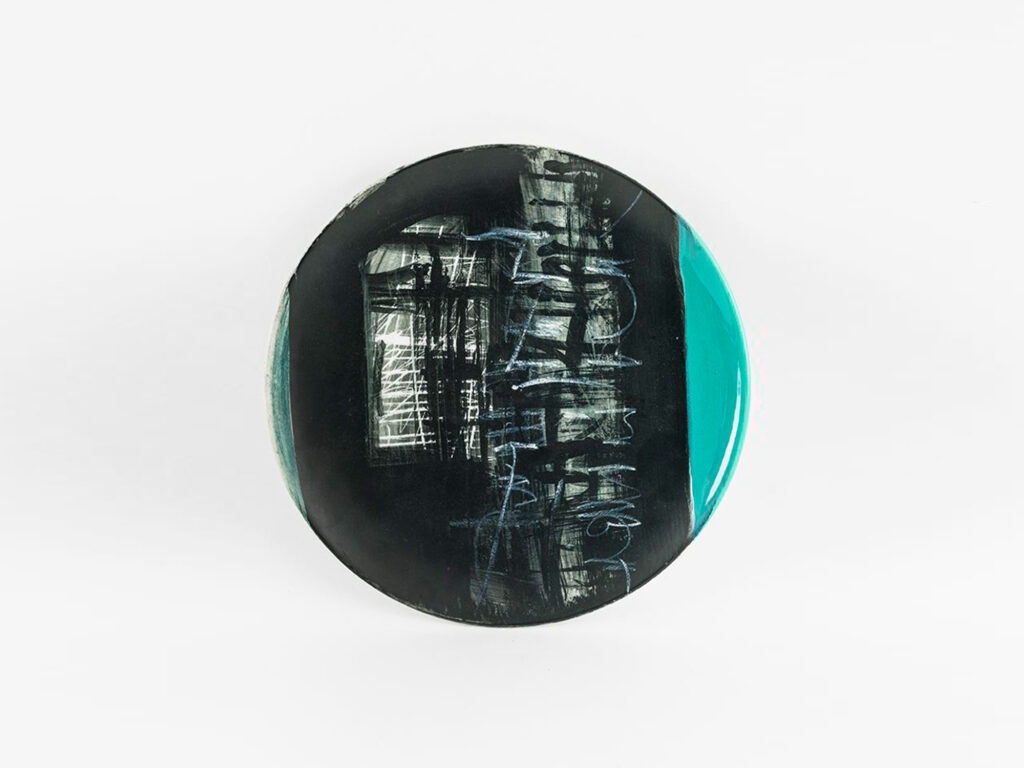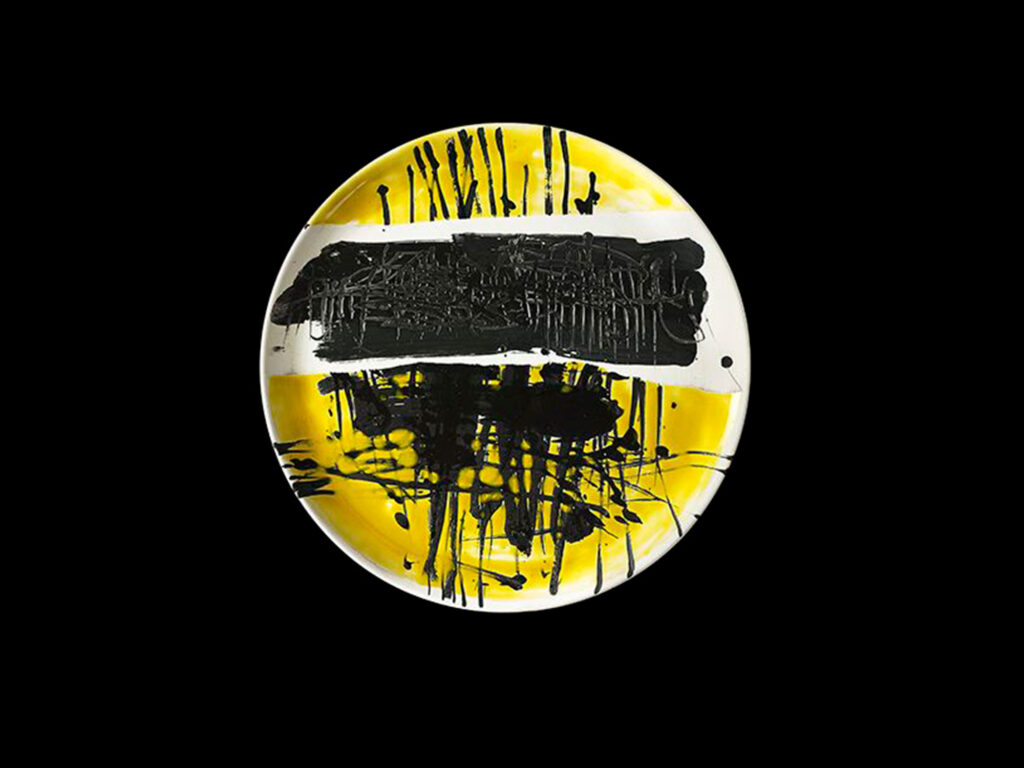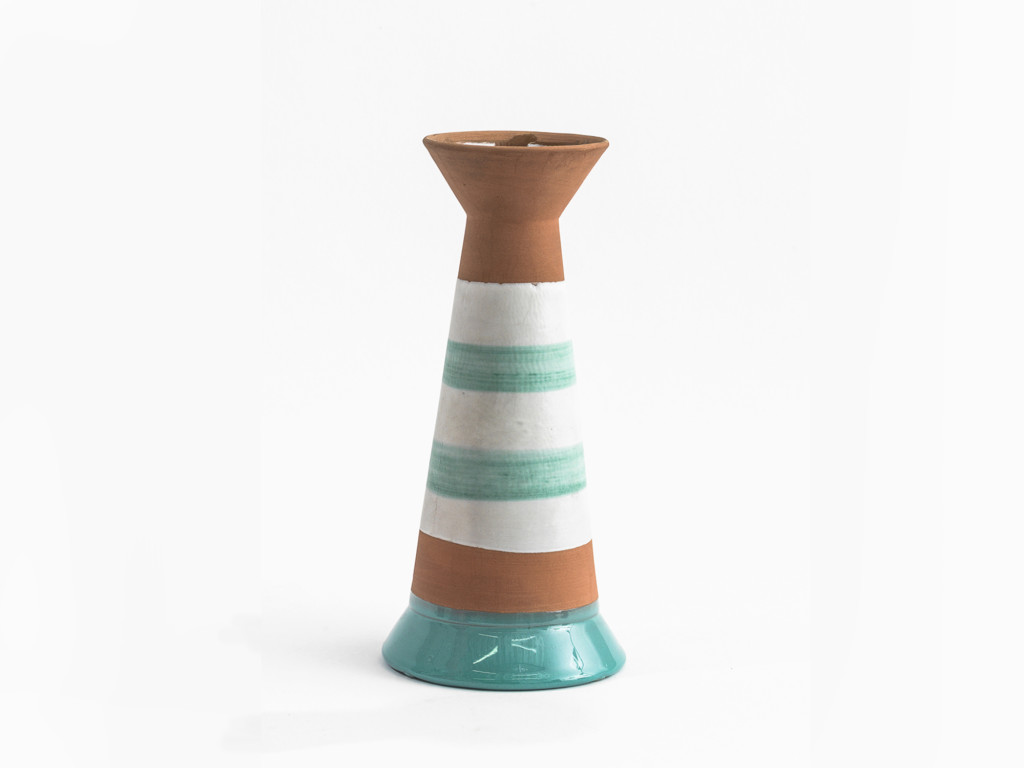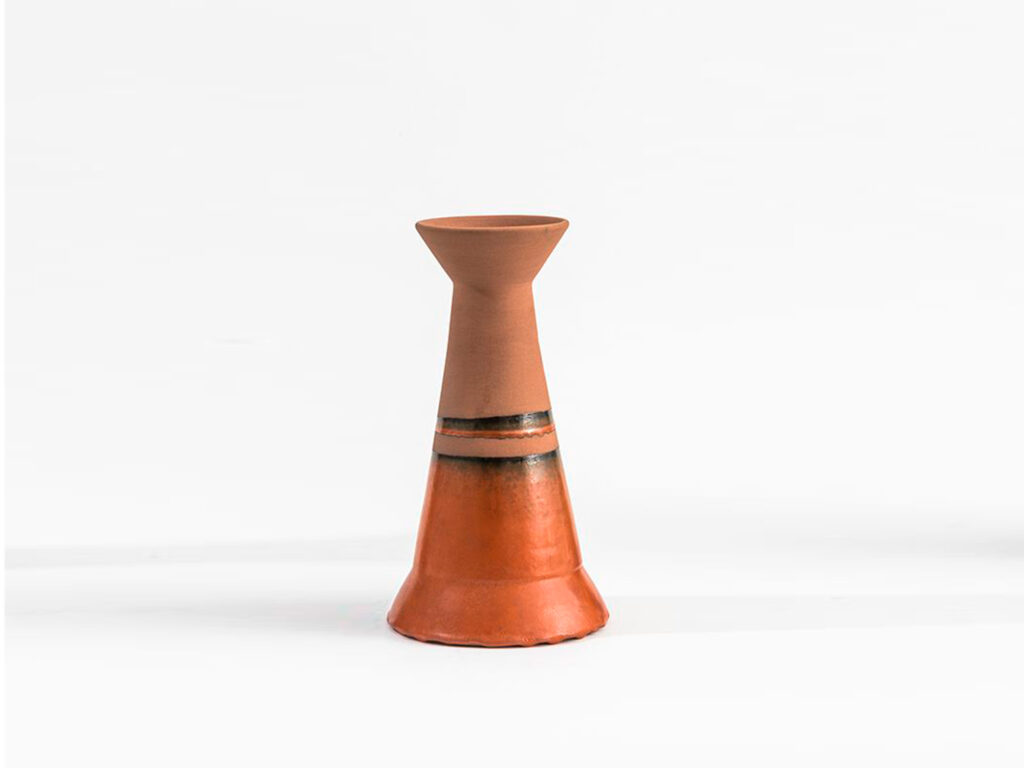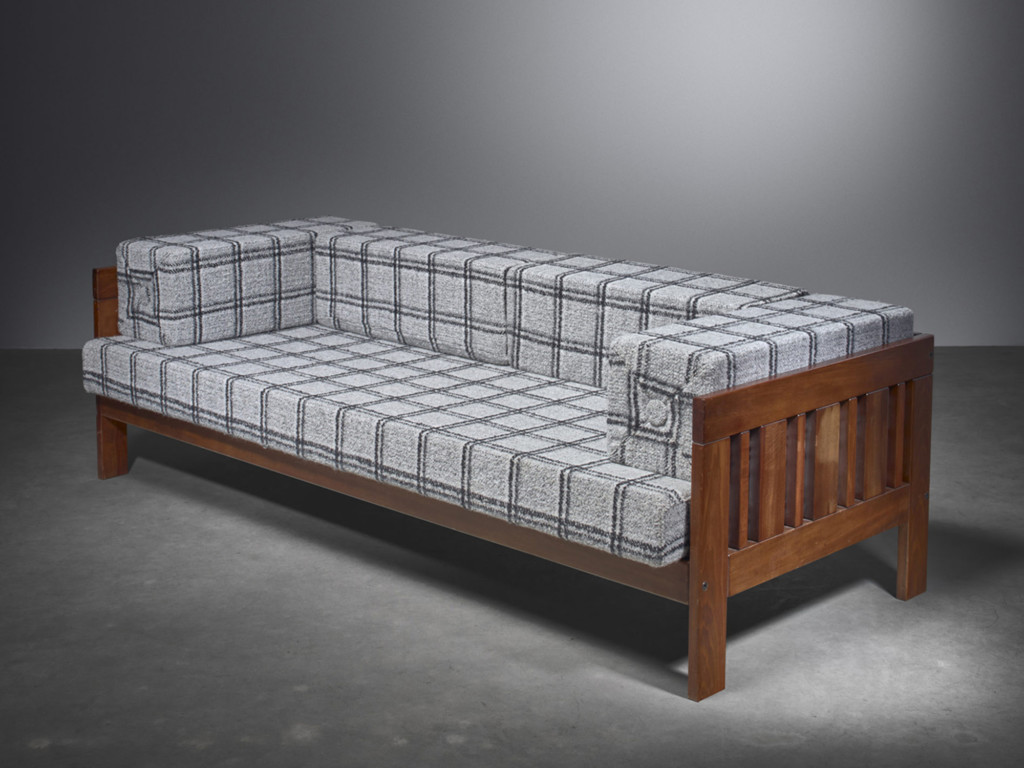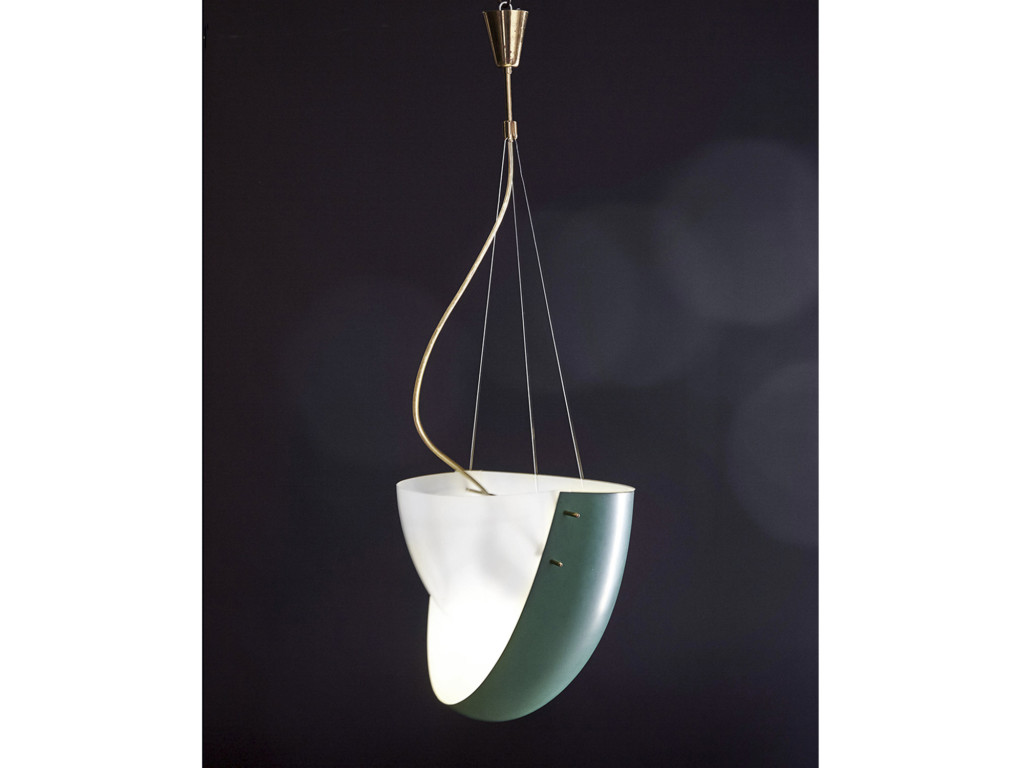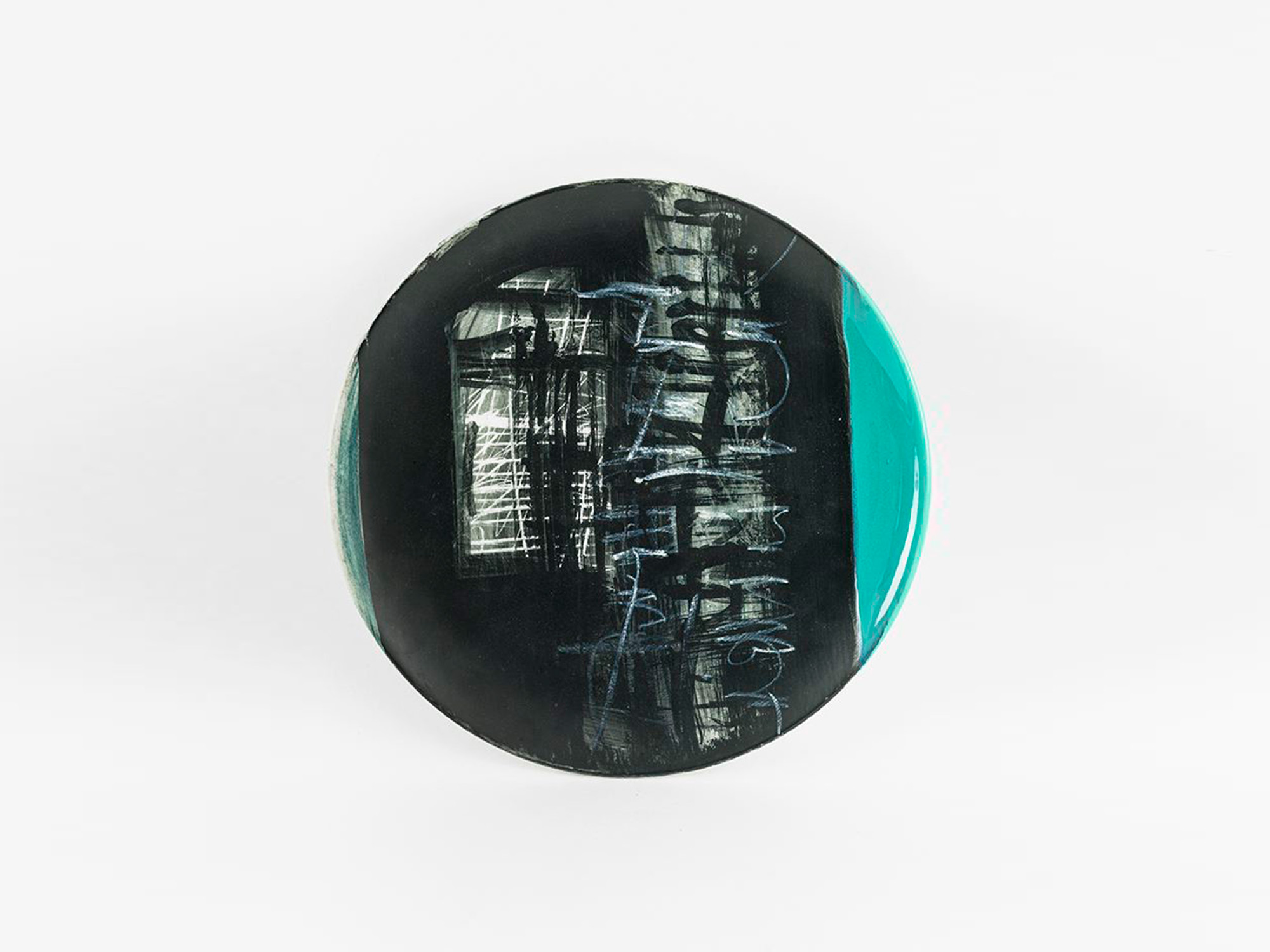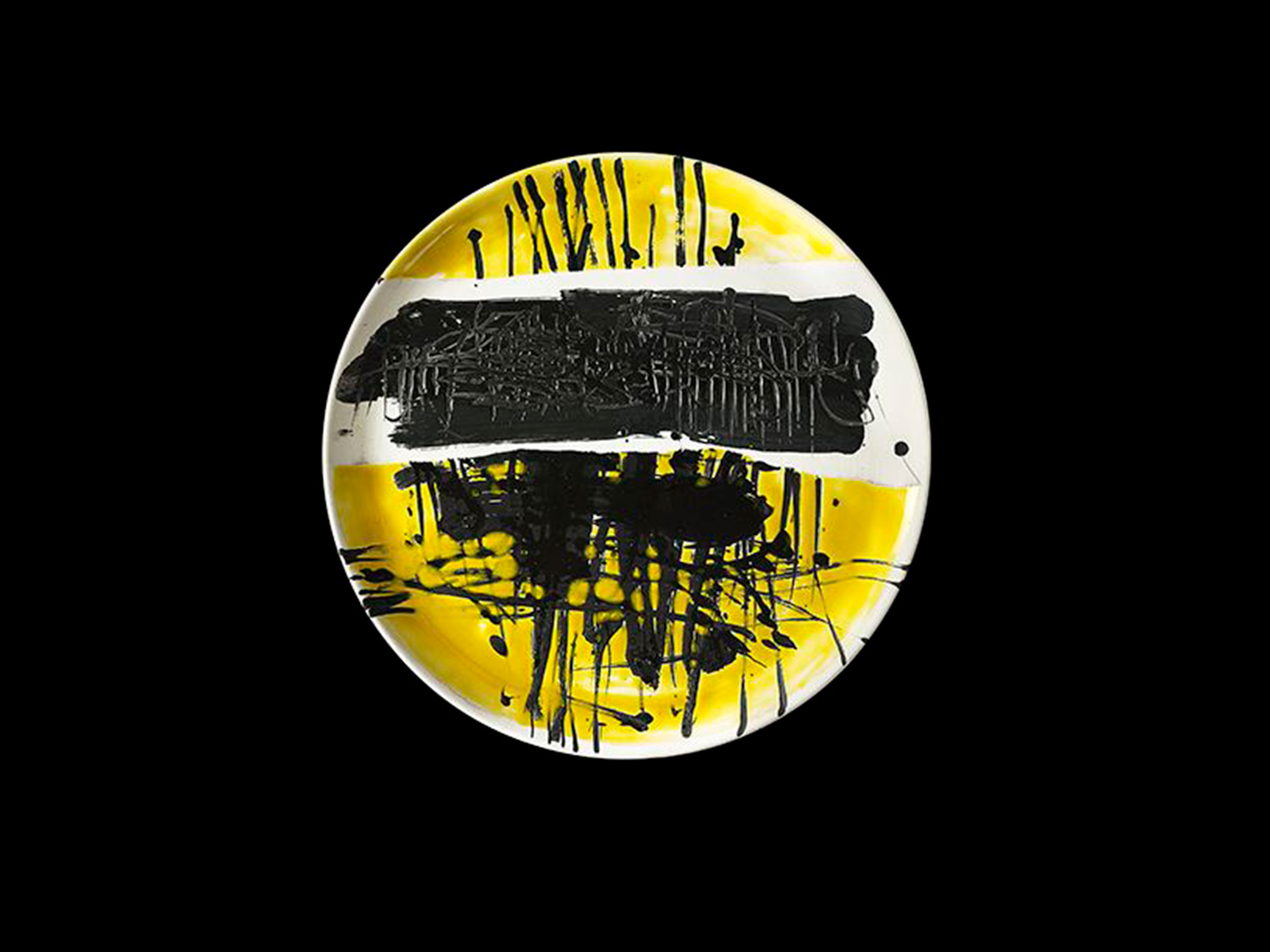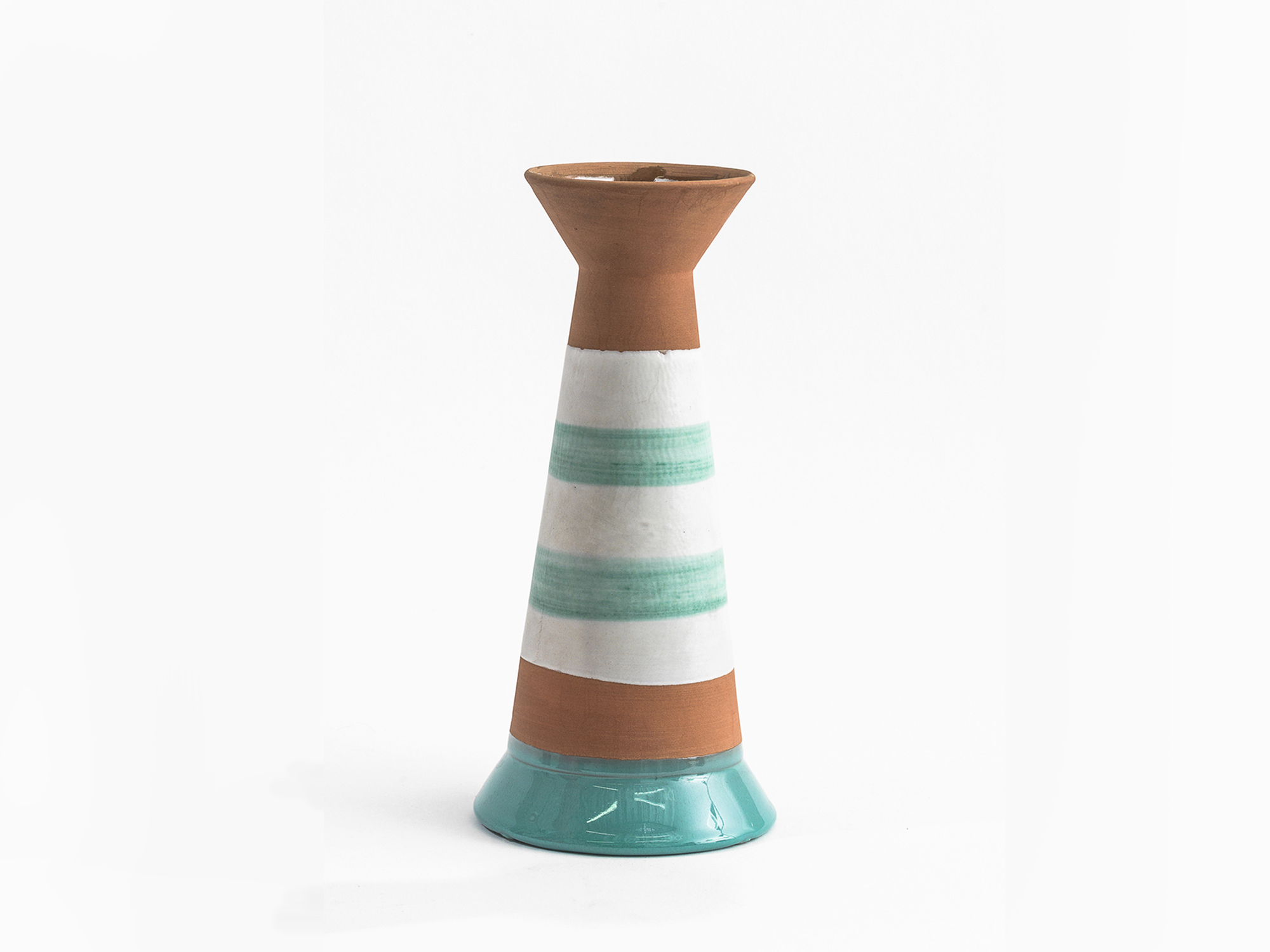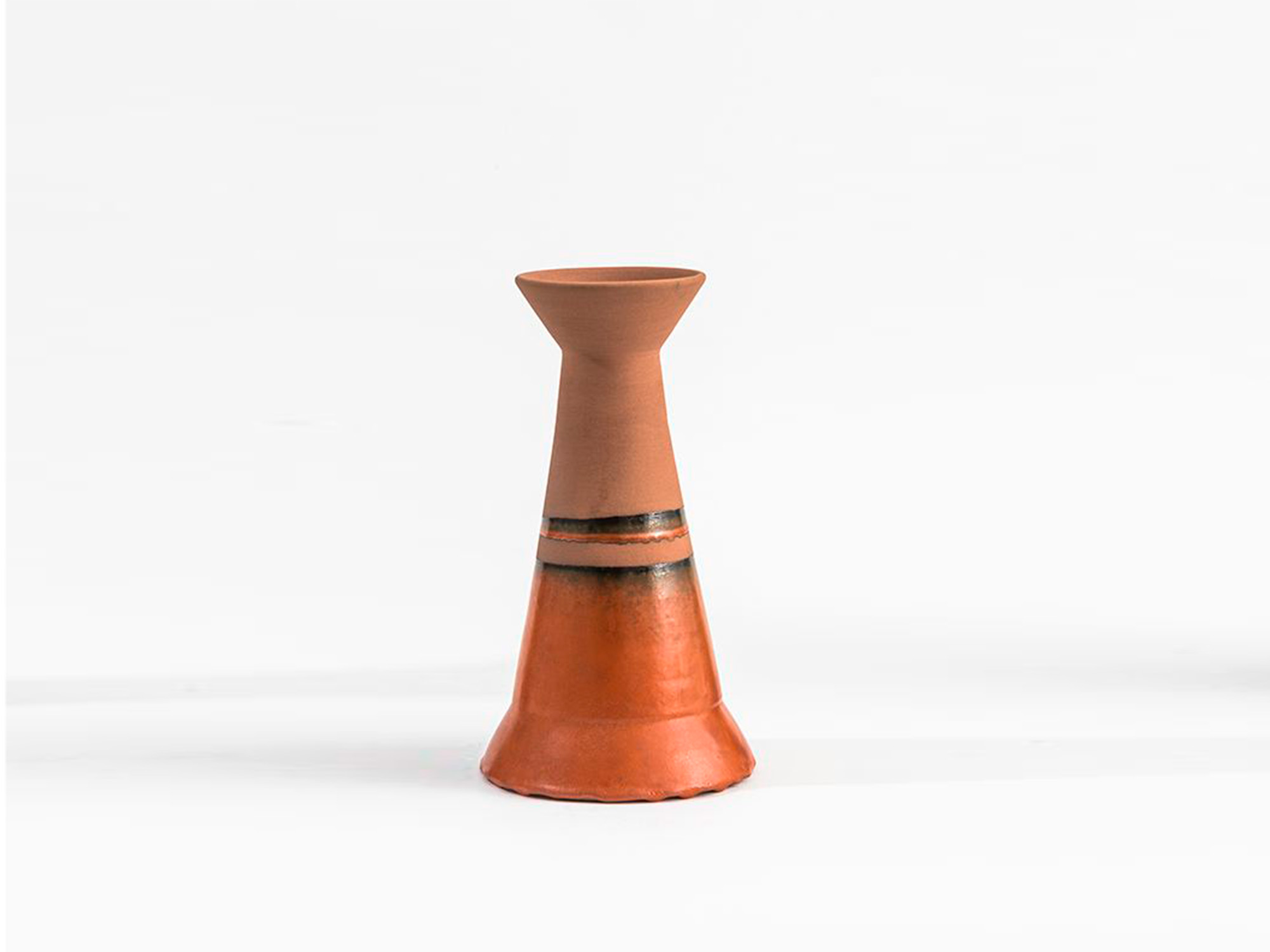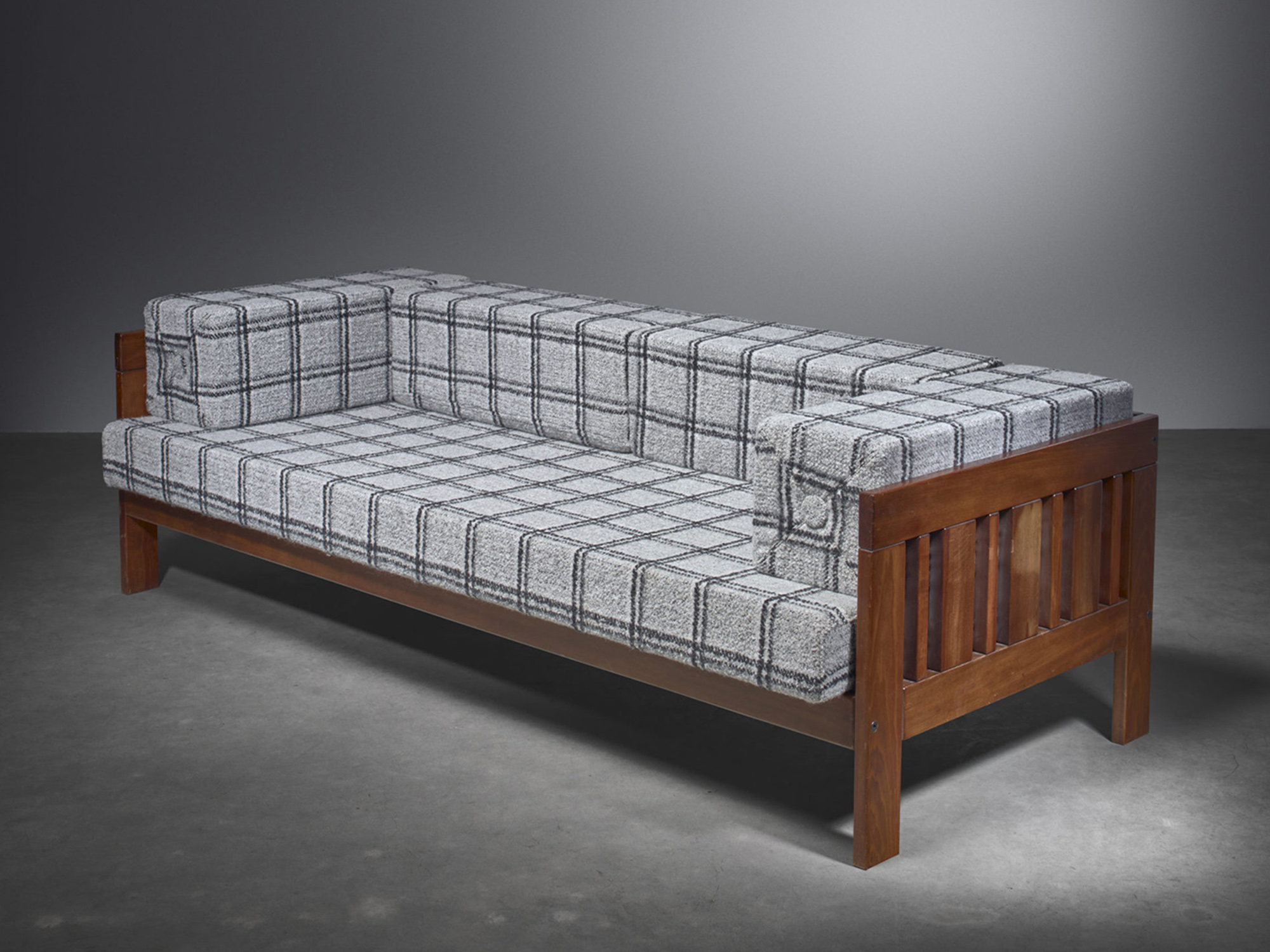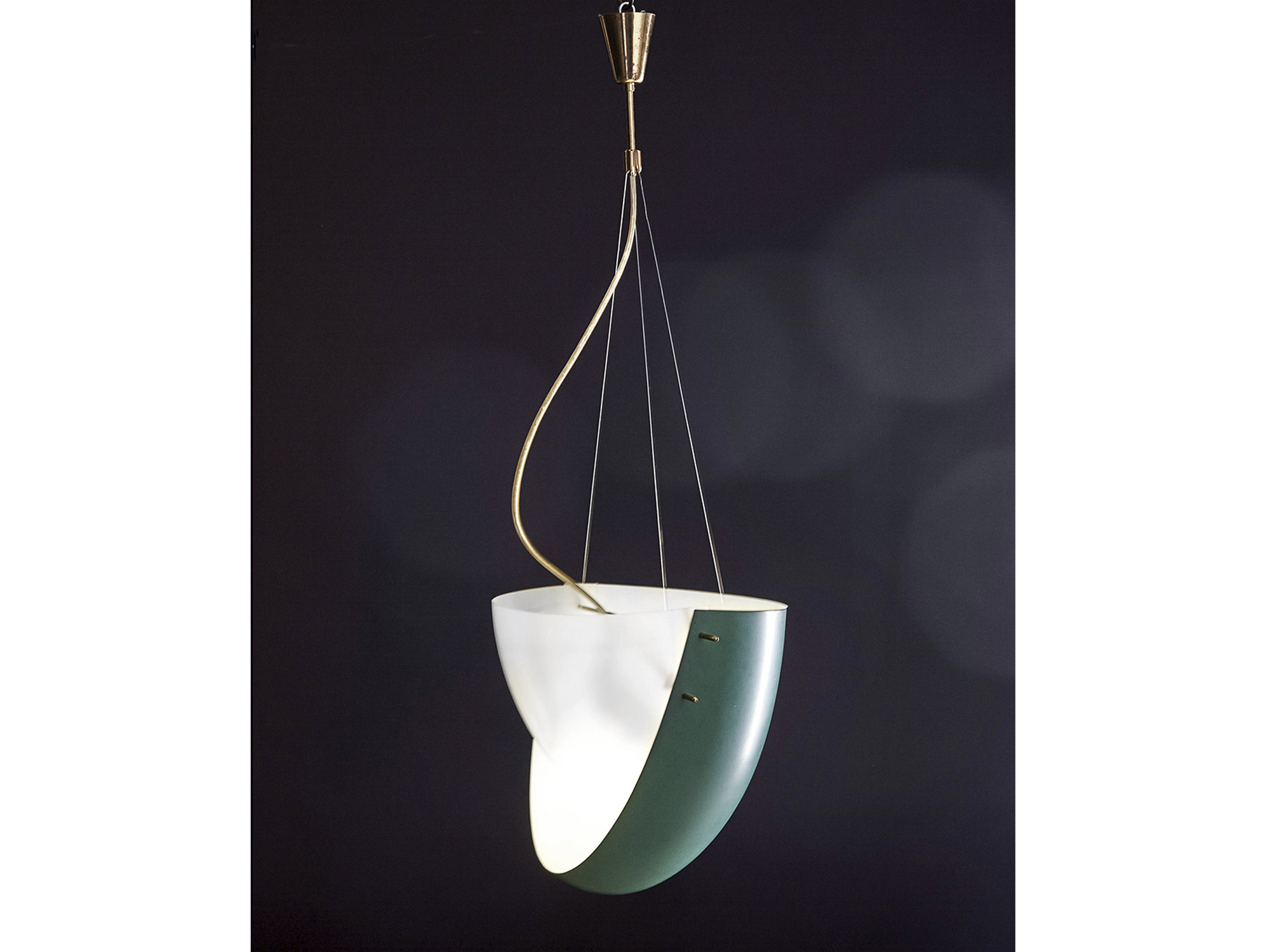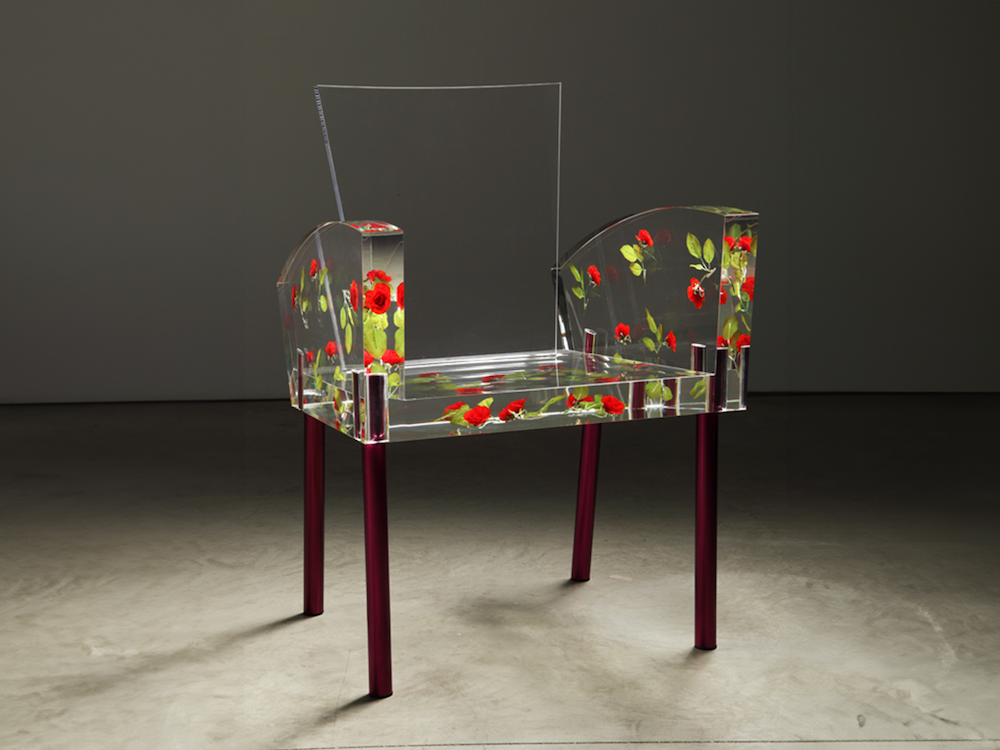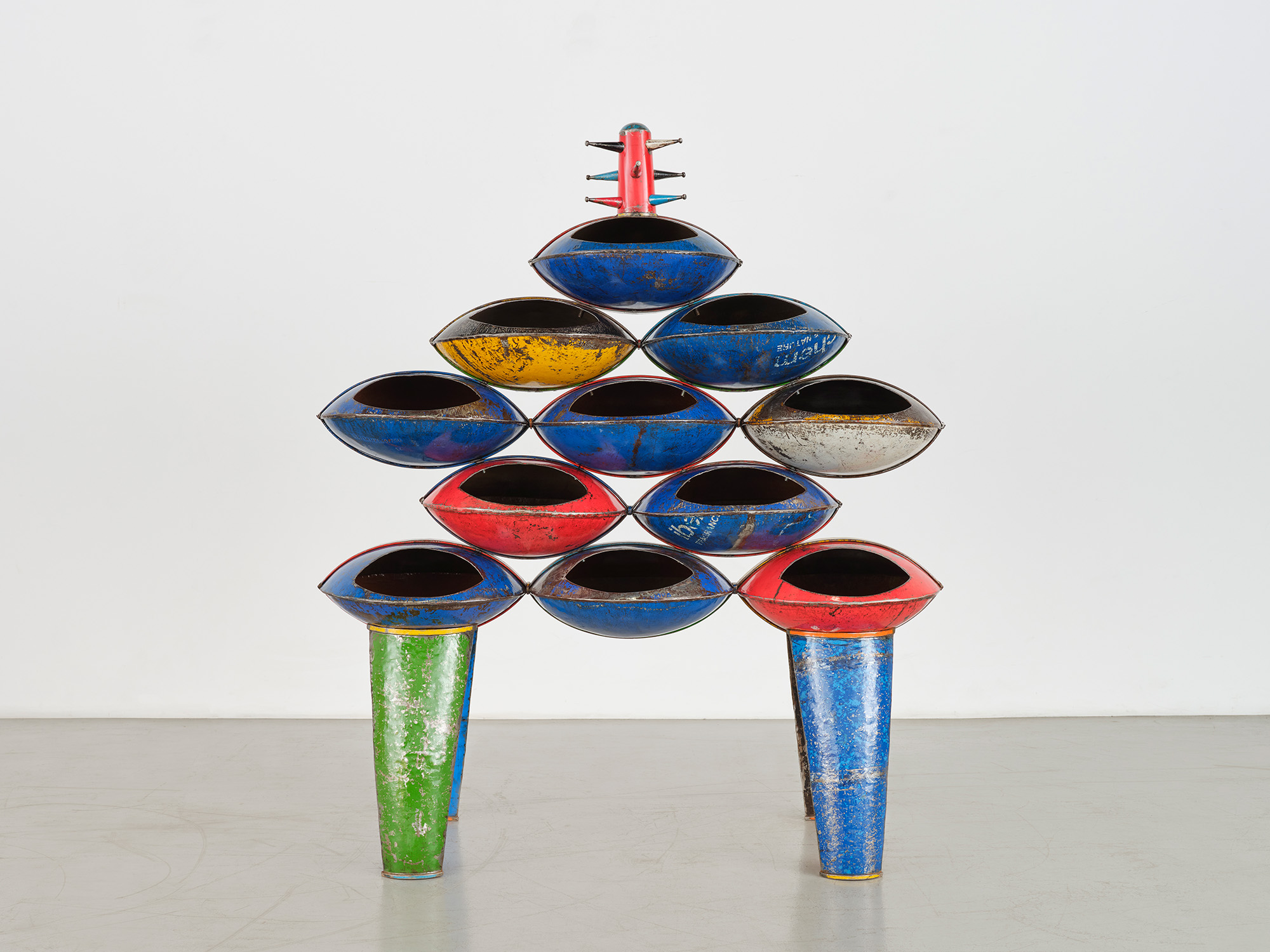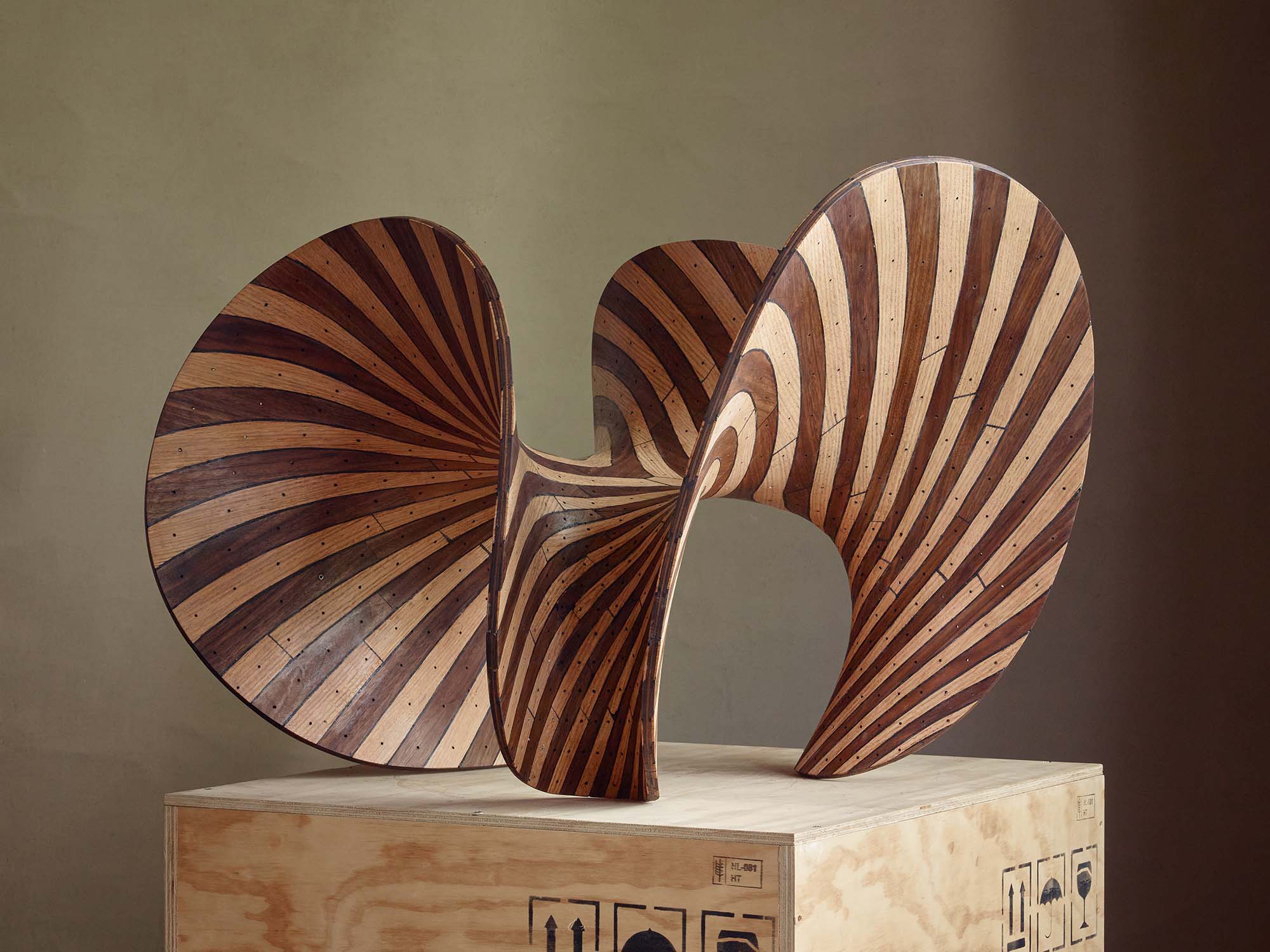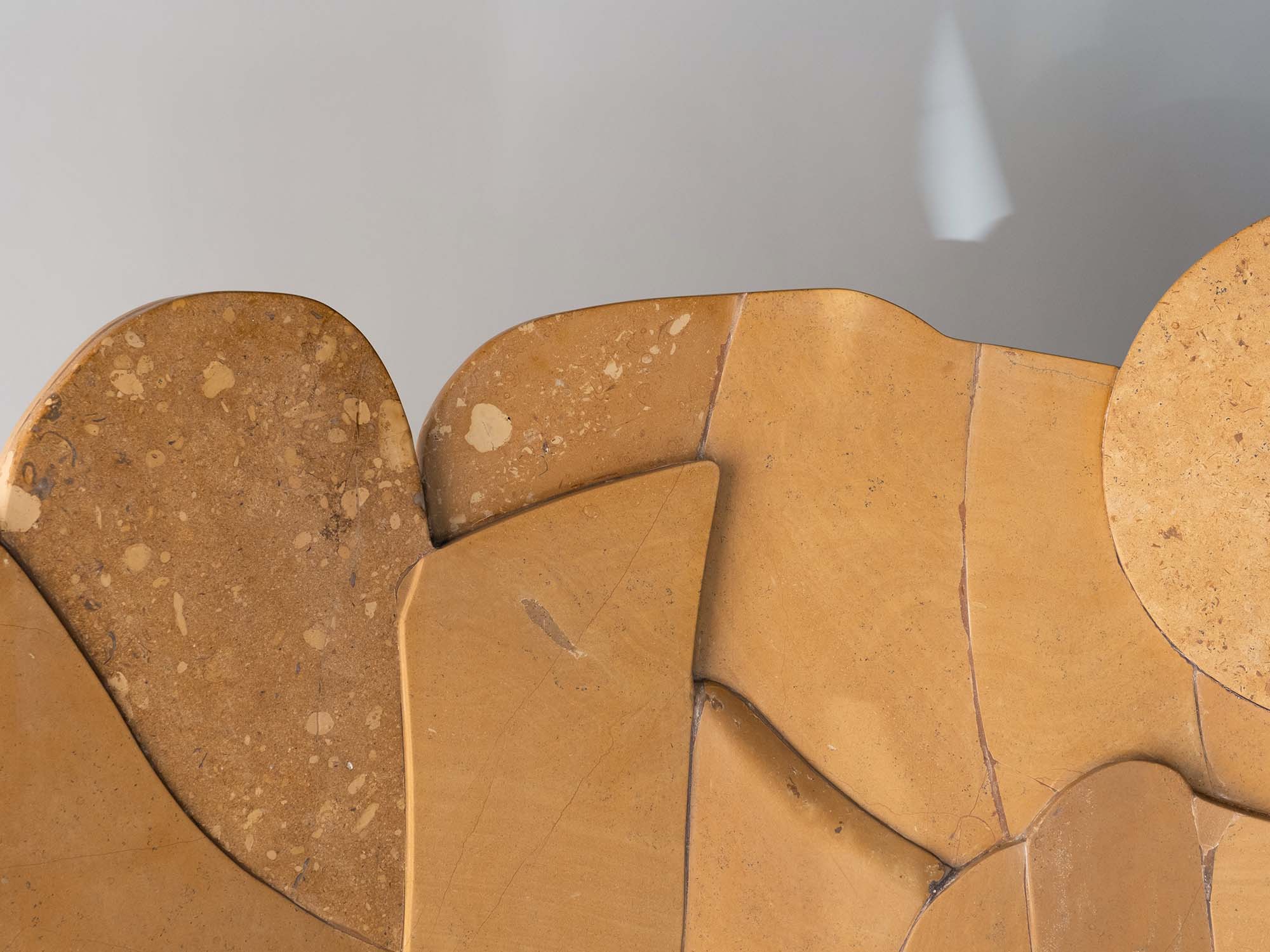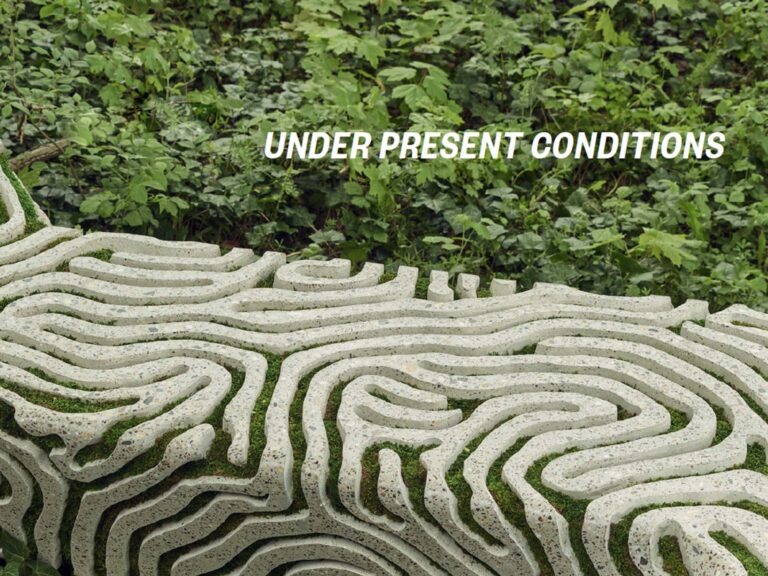For Friedman Benda’s inaugural participation at Frieze Masters 2023, the gallery is pleased to present a selection of seminal works by Ettore Sottsass (1917-2007), most of which are shown in the UK for the first time. In celebration of his experimental years between 1955-1966, the installation will include key works across different media such as ceramics, furniture, and painting – many of which came from the artist’s personal collection. The presentation explores the breadth of Sottsass’ remarkable creativity in the early stages of his career and reveals how his industrial collaborations and independent projects influenced each other.
Sottsass was actively painting in the early years of his career, a medium that offers an important insight into his aesthetic development, and often closely mirrors his output in other disciplines. One of Sottsass’ most significant paintings, Opera Cosmica (1958), reveals his inclinations towards the ethereal and the conceptual, and his belief that objects and their context should have relevant social, emotive or intellectual value.
The period between 1955 and 1966 was a key moment in Sottsass’ ceramic output. On display are some of his most widely-known works, including the Tondo series (1959), showing the breadth of Sottsass’ ceramic experimentations.
At the same time, Sottsass’ adventurous approach found resonance with Italian artisanal furniture manufacturers. The turning point came with a commission to design an apartment in Ivrea for Nicola Tufarelli, a director at Olivetti, who appointed Sottsass as a consultant designer in 1958. For this widely-published interior, Sottsass had to “arrange a chaotic mass of constructive elements to make them become architectural elements.” 1 The result was an uncompromising space with a bold scheme juxtaposing natural wood and bright color. This line of thought is present in several key pieces on display, including works from the original Tufarelli residence (1959).
Presenting an expanded view of Ettore Sottsass’ early works, Friedman Benda will feature a retrospective in its New York gallery, opening on November 2nd, 2023.
1 “In una casa per giovani sposi, all’ultimo piano / Ettore Sottsass jr., arch.,” Domus no. 366 (May 1960), p. 13.
The exhibition is accompanied by a catalogue with an essay contributed by Simon Andrews, READ HERE.
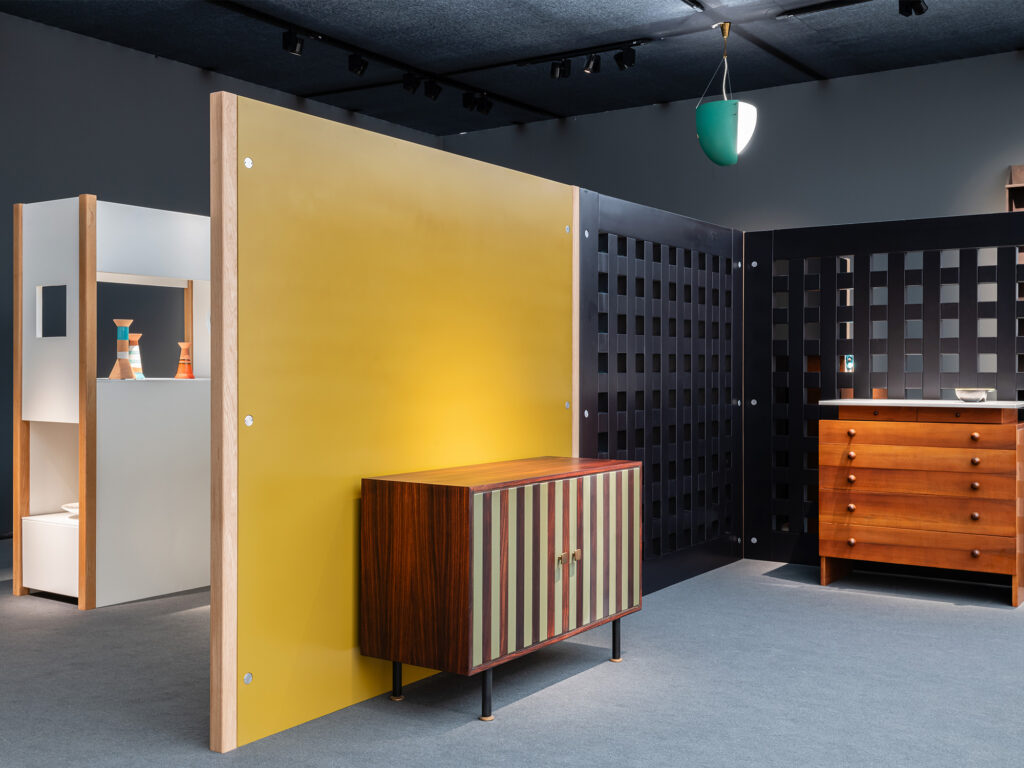
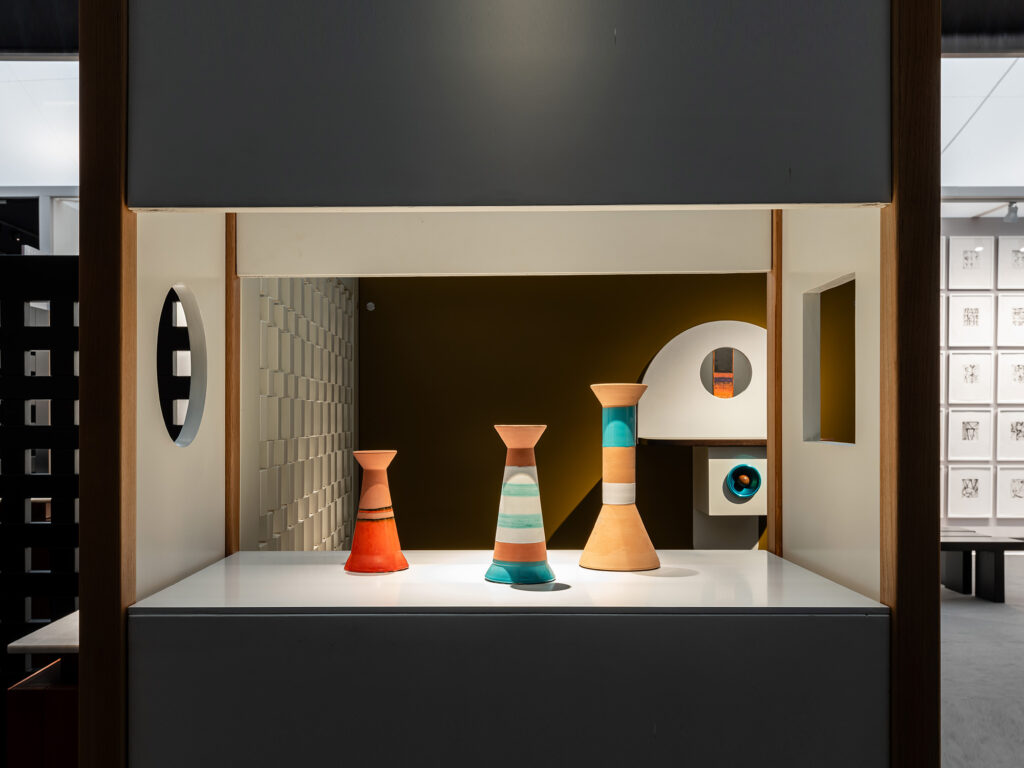
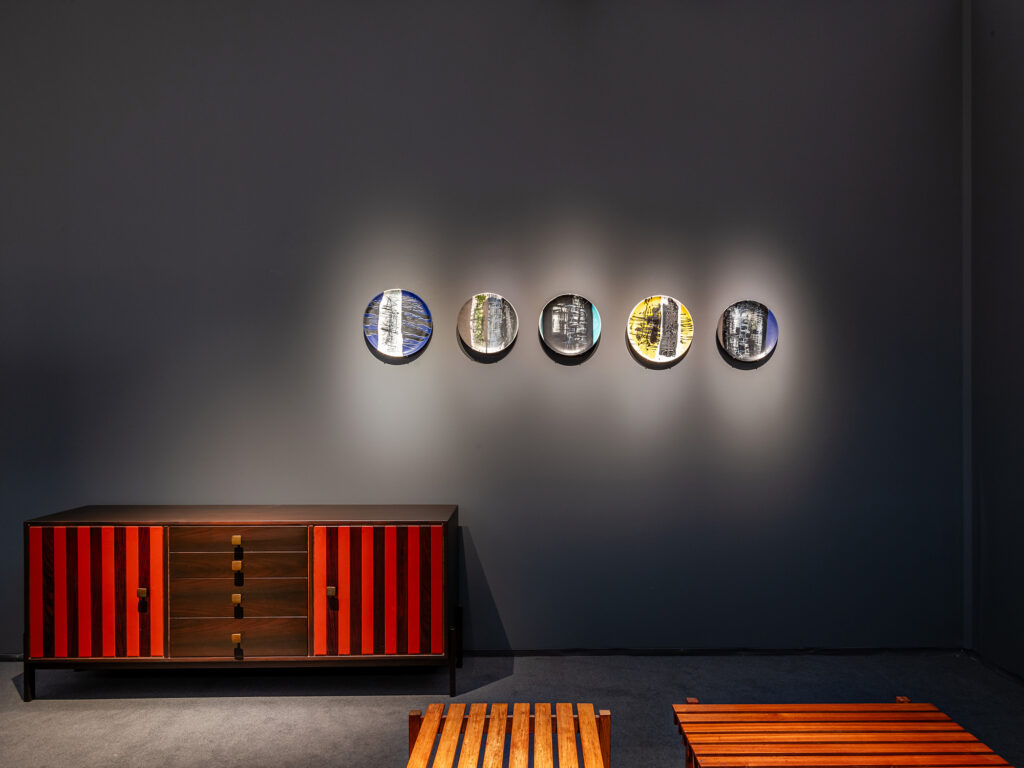
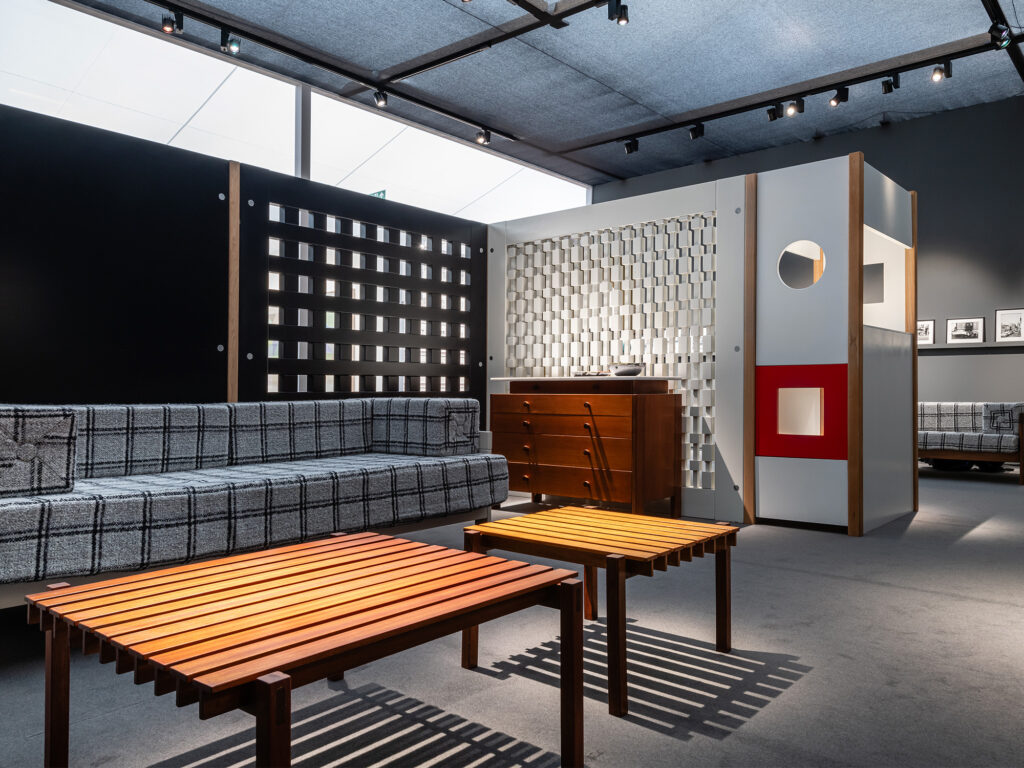
About Ettore Sottsass
One of the most significant counter-forces to modernism in design history, Ettore Sottsass brought his powerful artistic vision to a comprehensive range of disciplines: architecture, ceramics, furniture, glass, painting, photography, and industrial design.
Born in Innsbruck, Austria in 1917 and raised in Turin, Sottsass graduated from Turin University in 1939 with a degree in Architecture. Immediately upon graduation, he was drafted into the Italian army during WWII. In the early part of his career spanning six decades, Sottsass moved skillfully between industrial design and independent experimentation. His bright red Valentine portable typewriter (1968) is only one well known example from a huge range of products he realized for his most important corporate client, the office goods manufacturer Olivetti for whom he also realized prescient designs for computing workstations. During this time he was creating ceramics and furniture of great spiritual intensity, synthesizing modernist abstraction with forms from ancient cultures.
This syncretic approach, at once progressive and primordial, informed his contribution to the seminal exhibition Italy: The New Domestic Landscape at the Museum of Modern Art in 1972, and his involvement in a number of avant garde groups and projects, including Global Tools, Studio Alchimia, and the Milanese avant garde project Memphis, which he founded in 1981. Through his design firm Sottsass Associati he also maintained a practice as a product designer, for Alessi among others, and as an architect, in a series of retail spaces for Esprit as well as private residences.
In the last fifteen years of his life, Sottsass achieved a new level of heightened craftsmanship moving away from the industrial materials and methods that were his focus for the majority of his career. During this time, he realized bodies of work marked by an appreciation for rarefied materials—from blown-glass and ceramic objects to large-scale wooden and metal cabinets. Informed by his careful observation of design traditions and mastery of form and proportion, each work continued his exploration into the social and cultural implications of contemporary design that characterized his career.
Through these diverse activities, Sottsass established a distinctive and expansive design vocabulary, composed of seeming oppositions up until his death. His work is extraordinarily deep in its cultural references, yet delighted in a beguiling play of surfaces. Sottsass’ abstractions had latent anthropomorphism; his forms are both playful and monumental. The dialectical complexity of his thought—grounded in the idea that design can have an remarkable range of expression—was revolutionary. Sottsass left behind a prolific compilation of essays and scholarship, all of which continue to influence designers around the world today.
Sottsass’ work can be found in the permanent collections of numerous international museums, including the Centre Pompidou, Paris; Corning Museum of Glass, NY; Los Angeles County Museum of Art, CA; M+ Museum, Hong Kong, Metropolitan Museum of Art, New York, NY; Museum of Fine Arts, Houston, TX; Philadelphia Museum of Art, PA; Stedelijk Museum, Amsterdam; and Victoria & Albert Museum, London. Sottsass died in 2007 in Milan, Italy.
